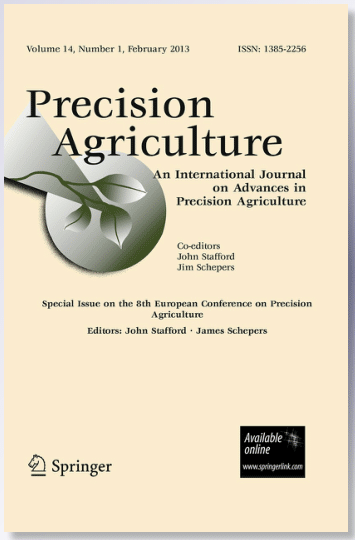Nitrogen Sufficiency Index (NSI) is an important nitrogen (N) stress indicator for precision N management. It is usually calculated using variables such as leaf chlorophyll meter readings (SPAD) and vegetation indices (VIs). However, no consensus has been reached on the most preferred variable. Additionally, conventional NSI (NSIuni) calculation assumes N being the sole yield-limiting factor, neglecting other factors such as soil water variability. To tackle these issues, this study compared various variables for NSI calculation and evaluated two new N stress indicators in minimizing the impact of confounding water treatment. The following ground- and aerial-derived variables were compared for NSIuni calculation: SPAD, sampled leaf and canopy N content (LNC, CNC), LNC and CNC estimated using hyperspectral images acquired by an Unmanned Aerial Vehicle, and three VIs (Normalized Difference Vegetation Index (NDVI), Normalized Red Edge Index (NDRE), and Chlorophyll Index) from the hyperspectral images. Results demonstrated that ground-measured variables outperformed aerial-based variables in deriving N-responsive NSI. Especially, LNC derived NSIuni responded to N treatment significantly in ten out of thirteen site-date datasets. For the second objective, a modified NSI (NSIw) and the NDRE/NDVI ratio were compared to NSIuni. NSIw reduced water treatment effects in over 80% of the datasets where NSIuni showed evident impacts. NDRE/NDVI performed similarly to NSIw, with the notable advantage of not requiring prior knowledge of soil water spatial distribution. This research pioneers the optimization of N stress indicators by identifying the best variables for NSI and mitigating the effects of soil water variability. These advancements significantly contribute to precision N management in complex field conditions.


